|

Variety of Generation III Pokémon

The Third Pokémon generation started with Pokémon Ruby and Sapphire and also included Pokémon Emerald the Kanto remakes Pokémon FireRed and LeafGreen, Pokémon Colosseum and Pokémon XD: Gale of Darkness.
New Pokémon[]
The generation introduces 135 new Pokémon.
Changes in the Generation[]
A complete overhaul of the Pokémon data structure; Pokémon now have an individual personality value which can range up to a number above four billion. Abilities and natures, also newly introduced, are determined based on this value, as is a Pokémon's gender, while the IV system has been overhauled for greater variance (0-31 rather than 0-15 as it was before). Shininess is now based on a calculation between the personality value and Original Trainer's Trainer ID number and secret ID number with the same rarity.
Other Media[]
Pokémon the Series: Ruby and Sapphire is the second series in the Pokémon anime, based on this generation. The series spawns four seasons and four movies.
- Season 6: Pokémon Advanced (Episodes 1-40)
- Season 7: Pokémon Advanced Challenge (Episodes 41-92)
- Season 8: Pokémon Advanced Battle (Episodes 93-145)
- Season 9: Pokémon Battle Frontier (Episodes 146-192)
Movies[]
- Pokémon: Jirachi Wish Maker
- Pokémon: Destiny Deoxys
- Pokémon: Lucario and the Mystery of Mew
- Pokémon Ranger and the Temple of the Sea
Reception[]
While the opinion of the fandom shifts from time to time, Generation III is notable for drawing the most criticism for the series yet. The sense of a reboot when players were thrust into Hoenn (which excludes 184 of the older 251 Pokémon from availability) with no way to recover their old Pokémon drew ire from some fans. The game also saw a jump in newly introduced Legendary Pokémon, with 10 more introduced, a significant increase from Generation II, which only introduced 6.
Later games improved this, however, with Emerald's return to Hoenn being a welcome addition to the series (and including the first Battle Frontier in the series as well). FireRed and LeafGreen brought back nostalgic fans who decided to pass on Hoenn's primary paired versions, as well as bringing new fans to the Kanto region, only previously available in its fullest state on the Game Boy.
